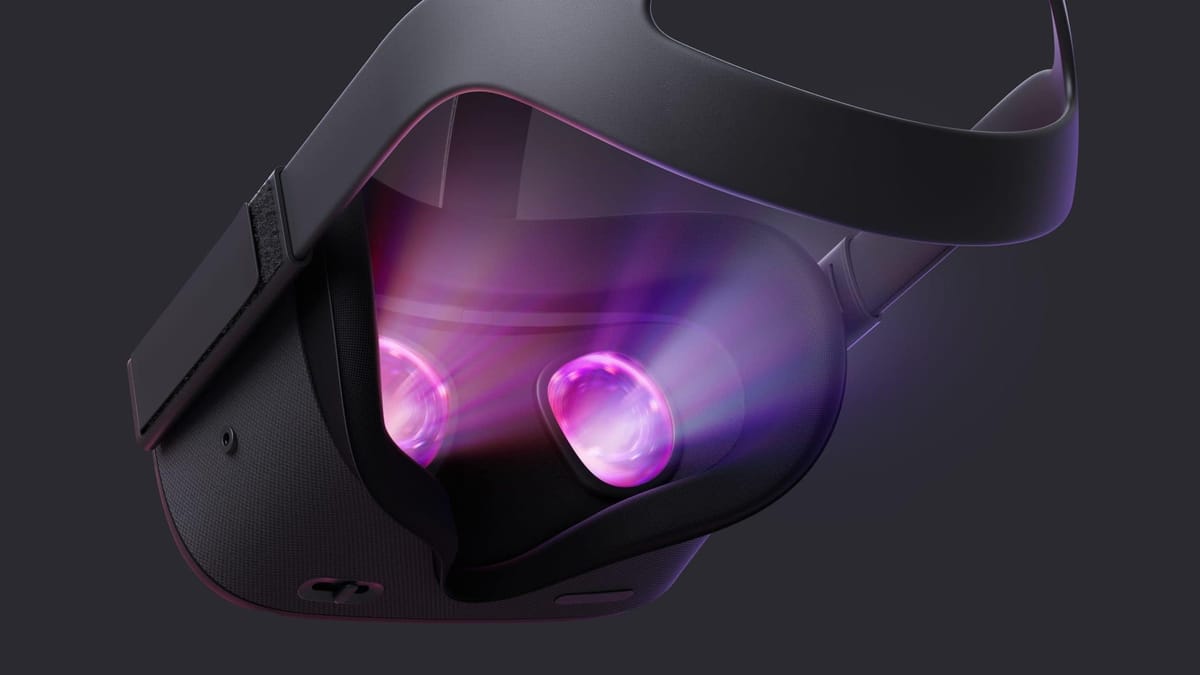Not sure if this is a bug, something I'm doing wrong, or simply the way things work, but I wanted to post and see if anyone else is having a similar experience 
I'm using a Valve Index with VaM. When using sim hair with the density and/or curve settings above 10 or so, my framerate drops to exactly half the Index's refresh rate. So when I'm running at 90hz, the framerate is 45fps, 120hz it's 60fps, etc. Obviously, I'm aware increasing the sim settings impacts framerates, but the fact that the framerate locks in at exactly half the refresh rate is curious (and these aren't particularly aggressive settings. This can happen with 1 iteration hair with density and curve settings of 14, for example). I'm not sure if segment count factors in, I've only been prodding at this for a little bit now.
For a while I assumed something was just up with my rig or my Windows install. Dropping to exactly half made me think Nvidia's adaptive refresh was kicking in, despite the control panel setting being "application controlled" (and not sure if that actually applies in VR anyway). However, I recently got a new computer; brand new hardware on a clean Windows install, and it's still happening. It's leading me to wonder if there is something about the compute shader (I'm making an assumption here), maybe hard coded buffer sizes and/or worker counts such that this behavior would be the same on any system (for reference, previous card was a 1080 Ti, new card is a 3080).
Has anyone else seen this? Maybe it's Index specific? Nvidia specific? Me specific? @meshedvr does this sound like it could be something on my end? (I haven't tried a clean VaM install yet, which I probably should).
@meshedvr does this sound like it could be something on my end? (I haven't tried a clean VaM install yet, which I probably should).
I'm using a Valve Index with VaM. When using sim hair with the density and/or curve settings above 10 or so, my framerate drops to exactly half the Index's refresh rate. So when I'm running at 90hz, the framerate is 45fps, 120hz it's 60fps, etc. Obviously, I'm aware increasing the sim settings impacts framerates, but the fact that the framerate locks in at exactly half the refresh rate is curious (and these aren't particularly aggressive settings. This can happen with 1 iteration hair with density and curve settings of 14, for example). I'm not sure if segment count factors in, I've only been prodding at this for a little bit now.
For a while I assumed something was just up with my rig or my Windows install. Dropping to exactly half made me think Nvidia's adaptive refresh was kicking in, despite the control panel setting being "application controlled" (and not sure if that actually applies in VR anyway). However, I recently got a new computer; brand new hardware on a clean Windows install, and it's still happening. It's leading me to wonder if there is something about the compute shader (I'm making an assumption here), maybe hard coded buffer sizes and/or worker counts such that this behavior would be the same on any system (for reference, previous card was a 1080 Ti, new card is a 3080).
Has anyone else seen this? Maybe it's Index specific? Nvidia specific? Me specific?




